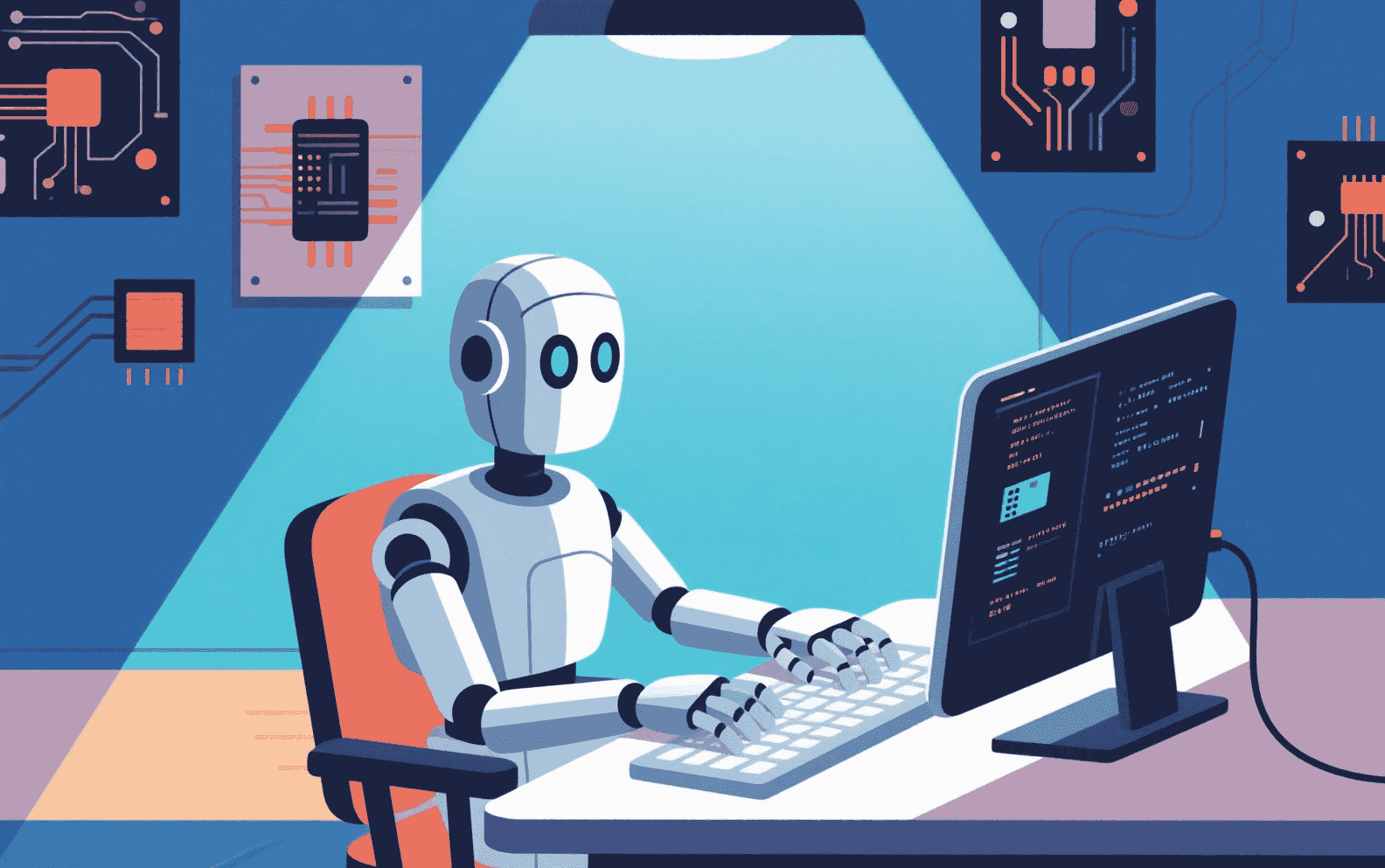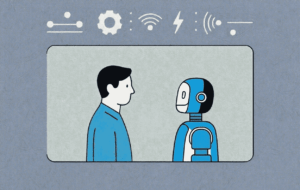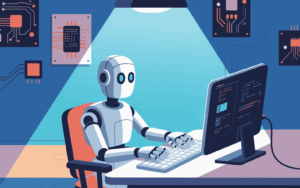Want to know the secret to a more productive workday? For years, we’ve been told the answer is learning how to type faster. But what if I told you that focusing on your words-per-minute (WPM) is a whole different ball game from what actually matters in 2025? If you’re a professional trying to keep up with meetings, emails, and notes, you’re in the right place.
The question is no longer “How can I type faster?” but “How can I type less and achieve more?” Today, you’re going to learn how to shift your focus from mechanical speed to intelligent workflow automation. Let’s dive in.
The Old Way: The Traditional Path to 90 WPM
First up, let’s acknowledge the classic advice. You’ve probably seen articles listing tips like these:
- Practice Touch Typing: Learning to type without looking at the keyboard.
- Maintain Good Posture: Sitting up straight to reduce strain.
- Use Keyboard Shortcuts: Mastering Ctrl+C and Ctrl+V.
- Take Typing Tests: Measuring your WPM to track progress.
To be clear, this is all good advice. In fact, having a decent typing speed is a useful foundational skill. But here’s the kicker: it’s no longer the most important part of the equation. Focusing solely on these physical techniques is like trying to win a car race by only improving your ability to turn the steering wheel faster. You’re missing the engine.
The New Way: The Paradigm Shift to AI-Powered Workflows
The real bottleneck in our workflow isn’t the speed of our fingers; it’s the cognitive load of listening, understanding, summarizing, and deciding what to do next. That’s why the most innovative professionals are no longer asking how to type faster, but how to make their typing more impactful.
Instead of typing out every word in a meeting, what if you didn’t have to type at all? Instead of manually summarizing a long discussion, what if a summary just appeared? This is the new paradigm, powered by proactive AI assistants.
Introducing Proactor AI: Your Proactive Thinking Partner
This is where a tool like Proactor AI completely changes the conversation. It’s not a typing tutor; it’s an intelligent typing agent designed to be your second brain, especially in communication-heavy scenarios like meetings, sales calls, and educational lectures.
Here’s how it works to make you work smarter, not just type faster:
- It Eliminates In-Meeting Note-Taking: While you’re focused on the conversation, Proactor transcribes everything in real-time. More importantly, its Insight Stream actively identifies key points, decisions, and questions as they happen. You’re freed from the dual task of listening and typing.
- It Automates Post-Meeting Typing: One of the biggest typing grinds is summarizing notes and creating to-do lists after a meeting. Proactor generates a structured AI note in a Wiki format automatically, complete with summaries and an action item list. That’s hours of typing saved every week.
- It Drafts Your Follow-Ups: With its AI Chat, you can simply ask Proactor to “draft a follow-up email to the client based on our call.” It uses the context from the conversation to generate a relevant, well-written draft, turning a 15-minute typing task into a 30-second review.
- It Provides AI Advice to Speed Up Decisions: This is one of its most powerful features. Proactor’s AI Advice can provide real-time fact-checks or contextual reminders during a meeting. Making the right decision faster is infinitely more valuable than typing a few extra words per minute.
A New Set of Tips for the Modern Professional
So, if the old tips are just the foundation, what are the new rules for productivity?
- Offload Your Meeting Notes to an AI: Your brain’s primary job in a meeting is to think, question, and connect—not to be a stenographer. Let a tool like Proactor handle the transcription and basic note-taking, so you can focus on higher-value contributions.
- Turn Conversations Directly into Actions: The goal of most meetings is to decide on next steps. Use a tool that automatically detects and captures these action items. This closes the gap between discussion and execution, which is a massive productivity lever.
- Use AI to Draft, Not Just Transcribe: Think of your AI as a junior associate. Give it the raw material (your conversation) and ask it to produce the first draft of emails, reports, or summaries. Your job then becomes editing and refining, which is a much faster and more strategic task than writing from scratch.
- Focus on the Quality of Your Spoken Ideas: Since your words can now be instantly captured, analyzed, and turned into action, the clarity and quality of what you say becomes more important than ever. This is the new “input” for your workflow.
The Verdict: Stop Training Your Fingers, Start Training Your AI
The bottom line is this: while learning how to type faster is a nice skill, it offers diminishing returns in a world powered by AI. The real productivity gains in 2025 and beyond will come from mastering the tools that automate and augment our thinking.
Continuing to focus only on your WPM is like polishing a horse-drawn carriage after the invention of the automobile. It’s time to embrace the engine. Instead of just typing faster, it’s time to start working smarter.






